Swami Ramakrishnananda was a tall, well-built person with a golden complexion and a broad, serene face. His eyes shone bright with spiritual light.

When Swami Vivekananda visited Chennai on his return from the West, the citizens requested him to send a sannyasi to their city. Accordingly, Swamiji sent Swami Ramakrishnananda to Chennai. Till then, Ramakrishnanandaji was performing austerities at the Alambazar Math [in Kolkata]. Swamiji wanted him to start classes in Chennai and teach the Gita, Bhagavatam and other philosophical texts.
Swami Ramakrishnananda started his work in Chennai in 1897. For nearly twelve years, starting from mid-1898 to the end of 1910, I attended his classes regularly. Acceding to the requests of the devotees, the Swami visited different parts of the city every day and talked for one and a half to two hours, both in the morning and in the evening.
The Swami, being a Bengali, did not speak any Southern language; he spoke only English. People belonging to different strata of society and of different castes attended his lectures and benefited from them. He spoke simple, lucid English and even those with only a limited knowledge of the language could easily understand him. I was one of those who listened to his talks regularly. I can assert with justifiable pride that those lectures made an indelible impression on my mind and the change in mental outlook thus brought about can never be altered or destroyed.
Never did the Swami utter an unnecessary sentence. Every word of his brought about a perceptible change in the attitude of one or the other among his audience. He would inspire us and immerse us, as it were, in an ocean of bhakti. Every listener noticed a definite change, not only in his own spiritual life, but also, in his day-to-day worldly life.
Denne historien er fra August 2018-utgaven av The Vedanta Kesari.
Start din 7-dagers gratis prøveperiode på Magzter GOLD for å få tilgang til tusenvis av utvalgte premiumhistorier og 9000+ magasiner og aviser.
Allerede abonnent ? Logg på
Denne historien er fra August 2018-utgaven av The Vedanta Kesari.
Start din 7-dagers gratis prøveperiode på Magzter GOLD for å få tilgang til tusenvis av utvalgte premiumhistorier og 9000+ magasiner og aviser.
Allerede abonnent? Logg på

Panchakroshi Parikrama of Varanasi
At the snow-capped Kailas, the Divine Lord Shiva was seated with Mother Parvati.
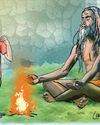
Gadai and the Monks
A fictional narrative based on incidents from the childhood of Sri Ramakrishna.
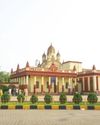
Chintayo momo maanosho Hori...
Sri Ramakrishna loved songs. There probably was no normal day when he did not sing some songs.
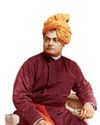
The Vedanta Vaccine
The world is still struggling under the impact of the pandemic due to Covid-19 for the last three years.

Chandrakirti's Chariot: Self in Madhyamaka Buddhism and Advaita Vedanta
The goal in Advaita Vedanta is the cessation of suffering and the attainment of true fulfillment. Suffering, according to this school, is due to ignorance of the true nature of the self and consequent erroneous identification with the body-mind.
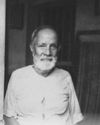
Reminiscences of Sargachhi
Question: यद्यदाचरतत श्रेष्ठसतत्तदरेवरेतरो जनिः। ‘Whatever a superior person does, others do the same thing!’ (Gita 3:21) – What does this statement mean?
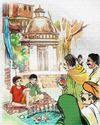
THE AUTUMN FESTIVAL
A fictional narrative based on incidents from the childhood of Sri Ramakrishna.

Bards of Guruvayur: Vilwamangalam II
Saints of India
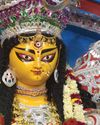
In the Universal Mother’s Divine Playground
Swami Vivekananda never taught the worship of Mother Kali. In a letter to Mary Hale he writes, “Kali worship is not a necessary step in any religion.
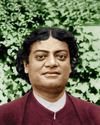
Swami Vivekananda: A Sportsman Par Excellence
In various books and articles, Swami Vivekananda has been called a spiritual leader, a prophet, a patriot, a social reformer, a philosopher, a yogi, a writer, an orator, an educationist, a musician, and so on.